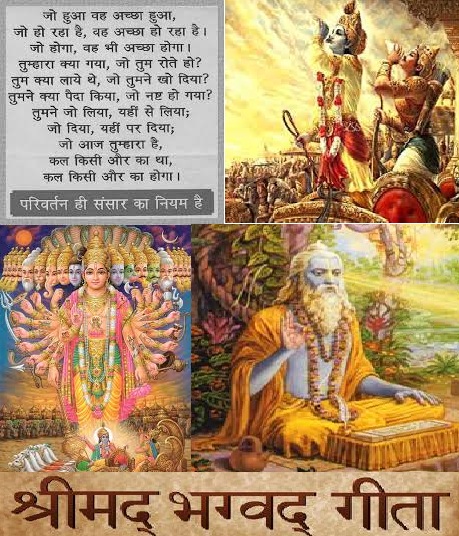Vedas In Hindi Pdf
The Upanishads PDF downloads The downloads are available from Patheos: in English, Hindi and Sanskrit. The book details are as below. Book Details English The Principal Upanishads by Sri Sarvepalli Radhakrishnan Hindi The Upanishads by Pt. Shriram Sharma Acharya These books are currently out of copyright in India as per the Indian Copyright Act 1957. Please check copyright law within your country before downloading the books. In case of any issues send us an email. About the Upanishads The Upanishadic period from around 800 to 450 B.C in Indian history is among the greatest periods of philosophical and creative thought in India's illustrious career.

Rig veda in hindi – 1 September 11, 2014 admin All book, granth, Hindi Books, Hindu books, Hindu granth, PDF, Uncategorized Leave a comment Rig veda in Hindi -1 pdf free download. Atharva Veda SRI AUROBINDO KAPALI SHASTRY INSTITUTE OF VEDIC CULTURE #63. [Most of the translation are from the book “Hymns of the Vedas” by Abinash C.
Vedas In Hindi Pdf
In these 350 years, a large number of people looked at the fundamental basis of life and sought out philosophers, teachers, and seers. Students and disciples traveled into the forest to the ashrams of these great beings and spent much time in study, contemplation, and much philosophical discussion about the nature of creation.
Young men and women made their way to these centers of learning and engaged each other in debate, seeking answers to fundamental questions. The Upanishads were a result of these many debates and were composed by the seers and sages in their forest ashrams. These became the final additions to the corpus of the Vedas.
They are also referred to as the 'listened to' texts or shrutis, and most of the Upanishads are set as dialogues between teacher and student. Upanishad literally means 'sitting down near' a guru or spiritual master who initiates his students into his secret teachings. The exact number of Upanishads is not clearly known and estimates range from 108 (according to the Muktikopanishad) to 350. The major ones include the Aitareya Upanishad in the Rig Veda, the Kena and Chandogya Upanishad in the Sama Veda, the Katha, Taittiriya, Brihadaranyaka and Svetasvatara Upanishad in the Yajur Veda, and the Mandukya and Kaivalya Upanishad in the Atharvana Veda. The compilations of Upanishads written as dialogues, and 13 of these are called smriti or sacred texts. The Upanishads usually deliberate on the nature of the individual and the universe and the relations of the micro and macro; about the atman, paramatman and jeeva or the soul, about life, death and their nature and many other aspects.
The Upanishadic period in India brought in a new mode of question and seeking which had been absent for a while. It was present mostly among the sages and seers, but during the Upanishadic period, it seeped into the general populace as well. The Upanishads were open to all, irrespective of caste or gender, but these concepts were subtle, so only a few individuals ever gained mastery over them.
Despite this complexity, the ashrams opened their doors to all who displayed the necessary intensity. One passage from the Upanishads displays this sense of openness. Satyakama, the son of Sabala, asked her once, 'Mother, I want to be a student. What is my family name?' His mother replied, 'Dear son, I don't know your family. I had you when I was very young traveling as a servant.
Bible In Hindi Pdf Free Download
My name is Sabala, and yours is Satyakama, so you are Satyakama Sabala.' The next day, Satyakama arrived at the doorstep of the teacher Gautama Haridrumata, and said: 'I want to be your student, sir. The teacher asked the child his family name and Satyakama replied, 'I don't know my family, sir.

Sam Vedas In Hindi Pdf
I asked my mother and she said that she had me in her youth, when she traveled about a lot as a servant. She said she was Sabala and I was Satyakama and that I was to give my name as Satyakama Sabala.' The teacher replied, 'Nobody but a true brahman would be so honest!' He said, 'Go and fetch me fuel, my friend, and I will initiate you, for you have not swerved from the truth.' Two of the oldest and most important Upanishads are the Brihadaranyaka and Chandayoga Upanishads. In the Chandayoga, there is a question posed by a student to his teacher, the answer to which examines the relationship of the sacrificial fire to the Sun, and tapas, the ascetic practice of generating heat or ushna in the body.
The question is: What is the nature of the One that is the cause of the whole of existence? The answer looks at the power of tapas and sacrifice and of the nature of brahman or ultimate truth. The Upanishads state that it is not the act of the sacrifice that matters.